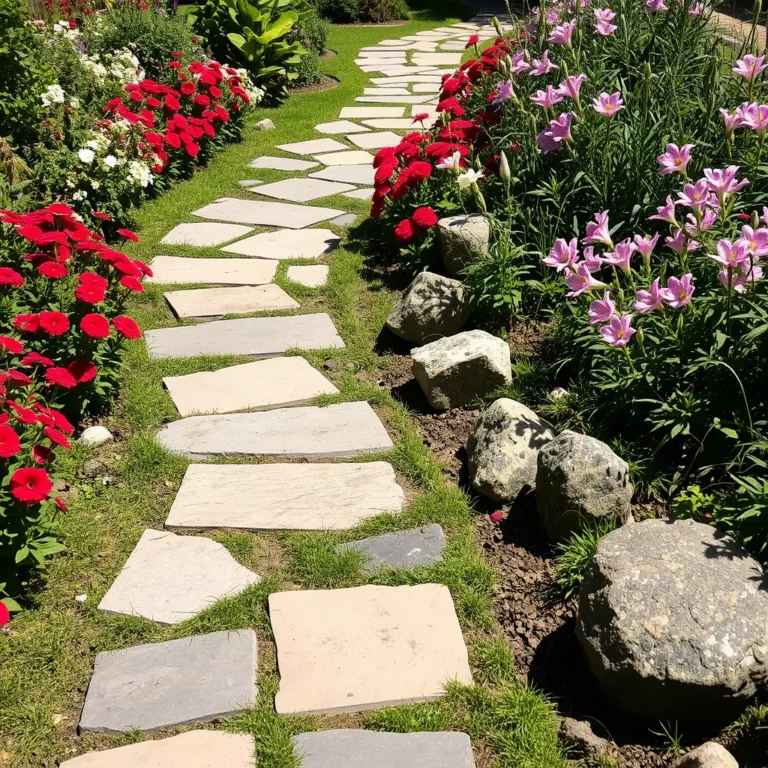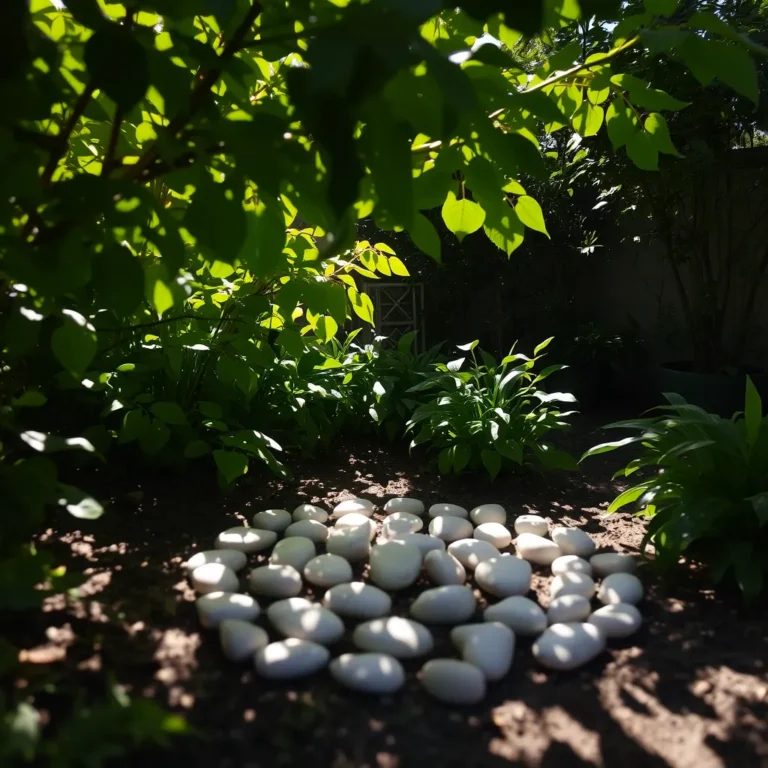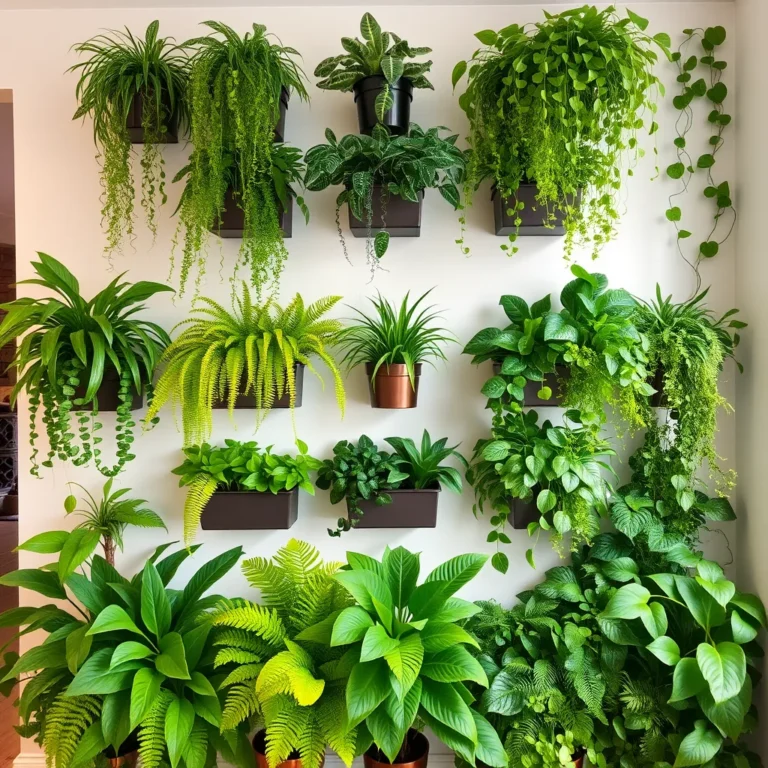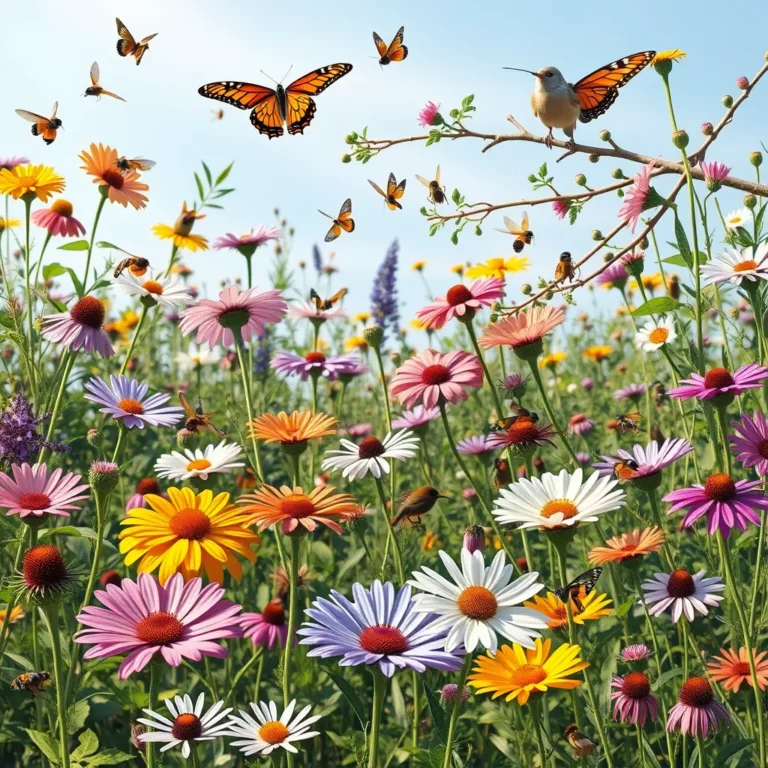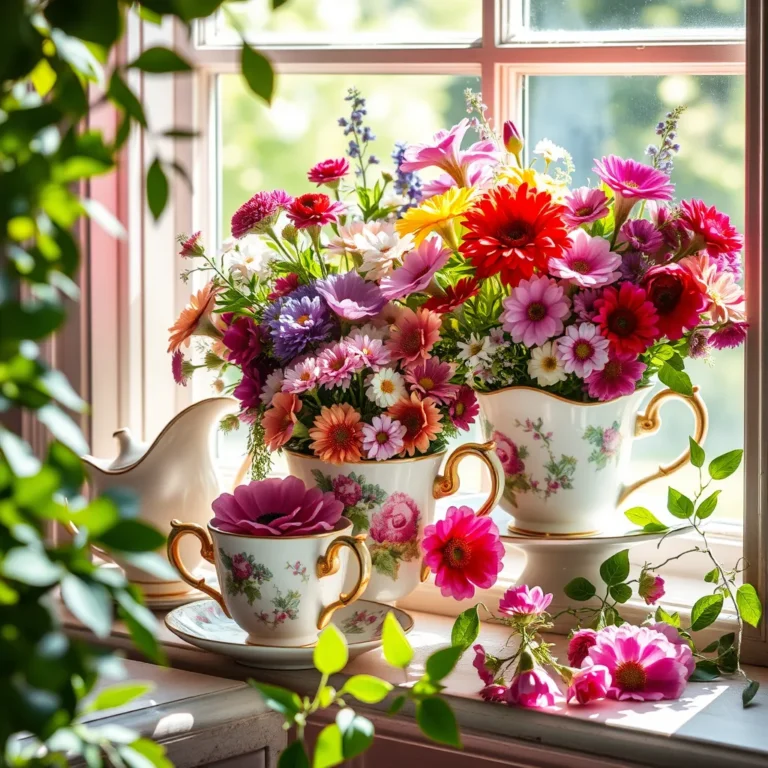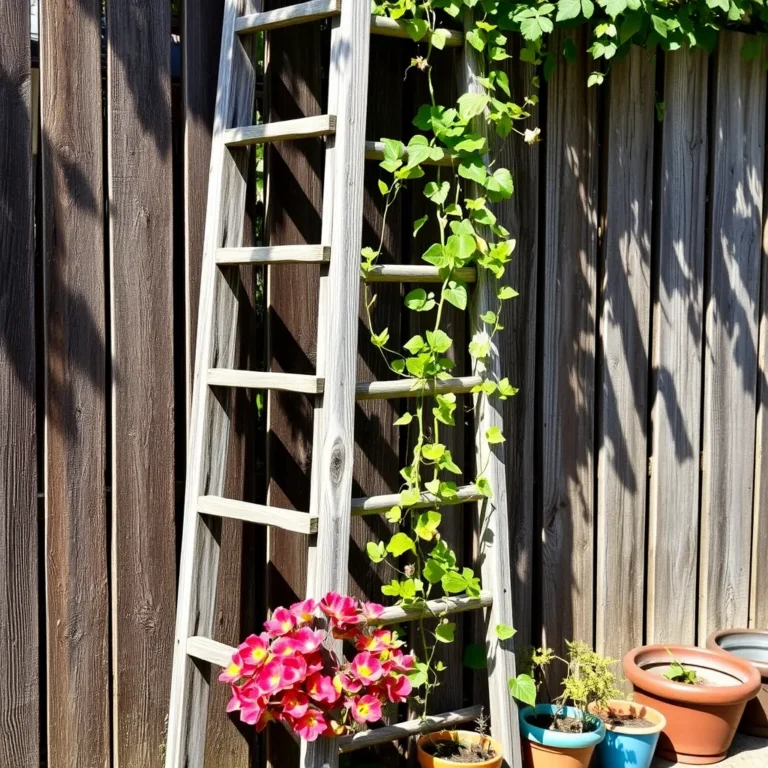10 Must-Have Plants for a Lush Summer Garden Delight
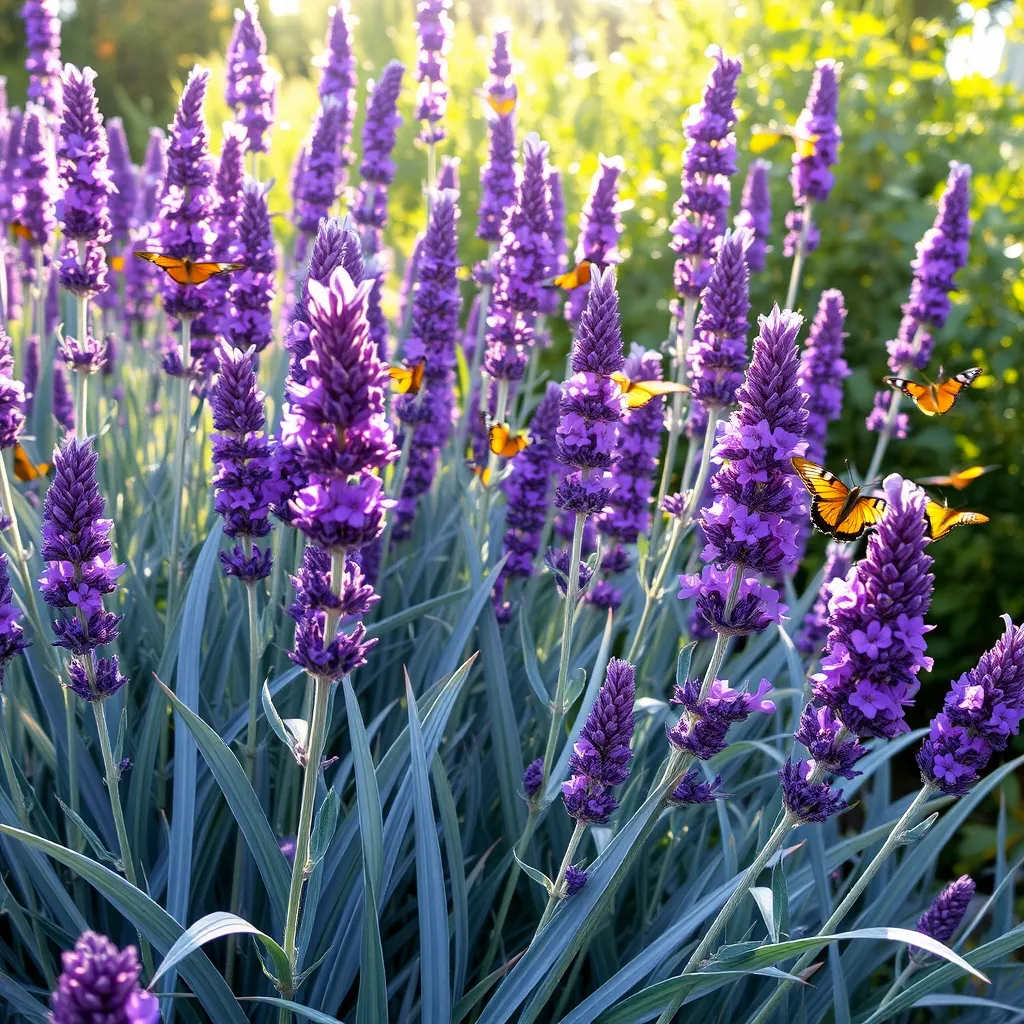
Are you ready to transform your summer garden into a vibrant paradise? Choosing the right plants can make all the difference. In this post, I’ll share my top 10 must-have plants that promise lush greenery and colorful blooms. From fragrant lavender to cheerful sunflowers, each option offers unique beauty and benefits. Let’s dive in and discover how to elevate your outdoor space this summer!
Lavender: The Fragrant Summer Bloomer

Lavender has beautiful purple flowers. It gives off a sweet smell that many love. This plant grows about 1 to 3 feet tall. Its leaves are narrow and gray-green. Lavender attracts bees and butterflies, making your garden lively.
For care, lavender needs a lot of sun. Aim for at least 6 to 8 hours daily. Water it lightly, as it prefers dry soil. Overwatering can harm its roots. Plant lavender in sandy or well-drained soil to help it thrive.
In garden design, use lavender for borders. It adds a nice pop of color. You can also create an aromatic section. The scent can make your garden feel relaxing and inviting.
Sunflower: The Bright and Cheerful Giant

Sunflowers are tall, bright flowers. They can grow up to 10 feet high! Their big yellow blooms turn to follow the sun. This makes them a joy to see in any garden. Sunflowers attract bees and birds, adding life to your space.
For care, sunflowers need full sunlight. Aim for at least six hours of sun each day. This helps them grow strong and healthy. Watch out for pests like aphids. You can use soap spray to keep them away.
Plant sunflowers in the back of your garden. They make great backdrops for smaller plants. You can also use them as focal points. Their height and color catch the eye easily, making your garden look lush and alive.
Petunia: The Versatile Color Splash

Petunias are bright, cheerful flowers. They come in many colors. You can find them in pink, purple, white, and yellow. Their blooms are large and have a sweet scent. Petunias can grow up to 18 inches tall. They look great in any garden.
To keep petunias happy, water them often. Water them every few days. Make sure the soil is moist but not too wet. Deadheading is important, too. Remove old flowers to help new ones grow.
Petunias are perfect for containers and hanging baskets. You can mix different colors for a bold look. They spill over edges and create a lovely waterfall effect. Place them on patios or porches for a bright touch.
Zinnia: Easy to Grow and Vibrant

Zinnias are bright and cheerful flowers. They come in many colors, like red, pink, and yellow. Their petals are soft and have a daisy-like shape. These flowers bloom all summer long, bringing joy to any garden.
For care, zinnias prefer well-drained soil. They like full sun, so plant them in bright spots. Water them once a week, but do not overwater. Trim the spent blooms to encourage more flowers. This keeps your zinnias looking fresh and vibrant.
You can use zinnias in many ways. They make great cutting flowers for bouquets. They also attract butterflies and bees, helping your garden thrive. Plant them in groups for a stunning effect. Zinnias are perfect for beginner gardeners, making your summer garden truly delightful.
Marigold: The Hardy Companion Plant

Marigolds are bright flowers that add color to any garden. They come in shades of orange, yellow, and red. These flowers bloom all summer long, making them a favorite. Marigolds grow well in many types of soil and are easy to care for.
For the best growth, marigolds need full sun. Make sure they get at least six hours of sunlight each day. Water them regularly, but do not overwater. Use a balanced fertilizer once a month to keep them healthy.
Marigolds are great for companion planting. They help keep pests away from your other plants. Plant marigolds near tomatoes or peppers to protect them. These flowers attract beneficial insects, which help your garden thrive.
Coneflower (Echinacea): The Resilient Perennial

Coneflowers are strong and stunning plants. They feature large, daisy-like blooms. The petals are often pink or purple, and they have a spiky center. These flowers stand tall and can grow up to four feet. They bloom from summer to fall, adding color to your garden.
For care, coneflowers are very easy. They can handle dry soil, so you don’t have to water them often. Just plant them in a sunny spot. They like well-drained soil but can adapt to many types. Remove any dead flowers to keep them blooming longer.
Design-wise, coneflowers attract butterflies, which adds life to your garden. They work well in mixed borders with other flowers. Their height can create layers in your garden, making it look lush and full. You can plant them in groups for a bold look or scatter them for a casual feel.
Coral Bells (Heuchera): Colorful Foliage for Texture

Coral Bells are stunning plants. They have beautiful, colorful leaves. You can find them in shades of green, red, and purple. They add texture and interest to any garden. The tiny bell-shaped flowers bloom in summer. These flowers attract bees and butterflies.
For Coral Bells, choose well-draining soil. They like moist but not soggy ground. Water them regularly, especially during hot days. Too much sun can hurt them, so place them in partial shade. These plants thrive in spots where other plants struggle.
You can use Coral Bells in many ways. They work great as ground cover in shady areas. Plant them along walkways or in garden beds. Their colors brighten up dark spots in your garden. You can also mix them with other shade-loving plants for a lush look.
Salvia: The Hummingbird Magnet

Salvia is a bright, colorful plant. It has tall spikes of flowers in shades of blue, purple, and red. These blooms attract hummingbirds and bees. The leaves are often fragrant too. This plant can grow up to three feet tall. Its vibrant colors make it a star in any garden.
To care for salvia, you need to prune it in spring. This helps the plant grow strong and bushy. Water it regularly but let the soil dry out between waterings. Salvia prefers well-drained soil. Too much water can harm its roots.
For planting, group salvia in clusters of three or more. This creates a bold look. Place them in sunny spots where they can soak up light. They work well in borders or as backdrops for shorter plants. Salvia will bring life and color to your summer garden.
Geraniums: Classic Color and Versatility

Geraniums bring bright colors to any garden. They come in many shades like red, pink, and white. These flowers bloom all summer long. Their round leaves are often a deep green, adding to their charm.
For care, geraniums need full sun. Aim for at least six hours of sunlight daily. Water them when the top inch of soil feels dry. They don’t like soggy roots, so good drainage is key. In winter, bring them inside or cover them well if they stay outside.
You can plant geraniums in garden beds or pots. Use them in a row for a bold look. They also work well in mixed containers with other flowers. Their rich colors pair nicely with many plants, creating a lush scene.
Black-eyed Susan: The Reliable Summer Star

Black-eyed Susans are bright flowers with yellow petals and a dark center. They bloom all summer long and attract many happy bees and butterflies. These flowers grow well in many types of soil and can reach about two to three feet tall. Their cheerful look makes them a must-have in any garden.
For care, Black-eyed Susans need moderate water. Water them deeply but not too often. Space them about one foot apart to let them grow big and strong. They do best in full sun, so pick a sunny spot in your garden.
To create bold masses of color, plant them in groups. A cluster of Black-eyed Susans makes a stunning sight. You can also mix them with other flowers like zinnias or sunflowers. This mix will create a lively and colorful display all summer.
Conclusion
In this blog post, I covered ten stunning summer flowers. You learned about their features, care tips, and best uses in gardens. Plants like lavender and sunflower offer beauty and joy. Petunias and zinnias add vibrant splashes of color. Marigolds help with pest control, while coneflowers draw in butterflies. Coral bells and salvia enhance shady spots and attract hummingbirds. Geraniums and black-eyed Susans bring classic charm and bright masses. Plant these flowers to create a lively, colorful garden that thrives all summer. Enjoy the beauty and benefits they bring.

